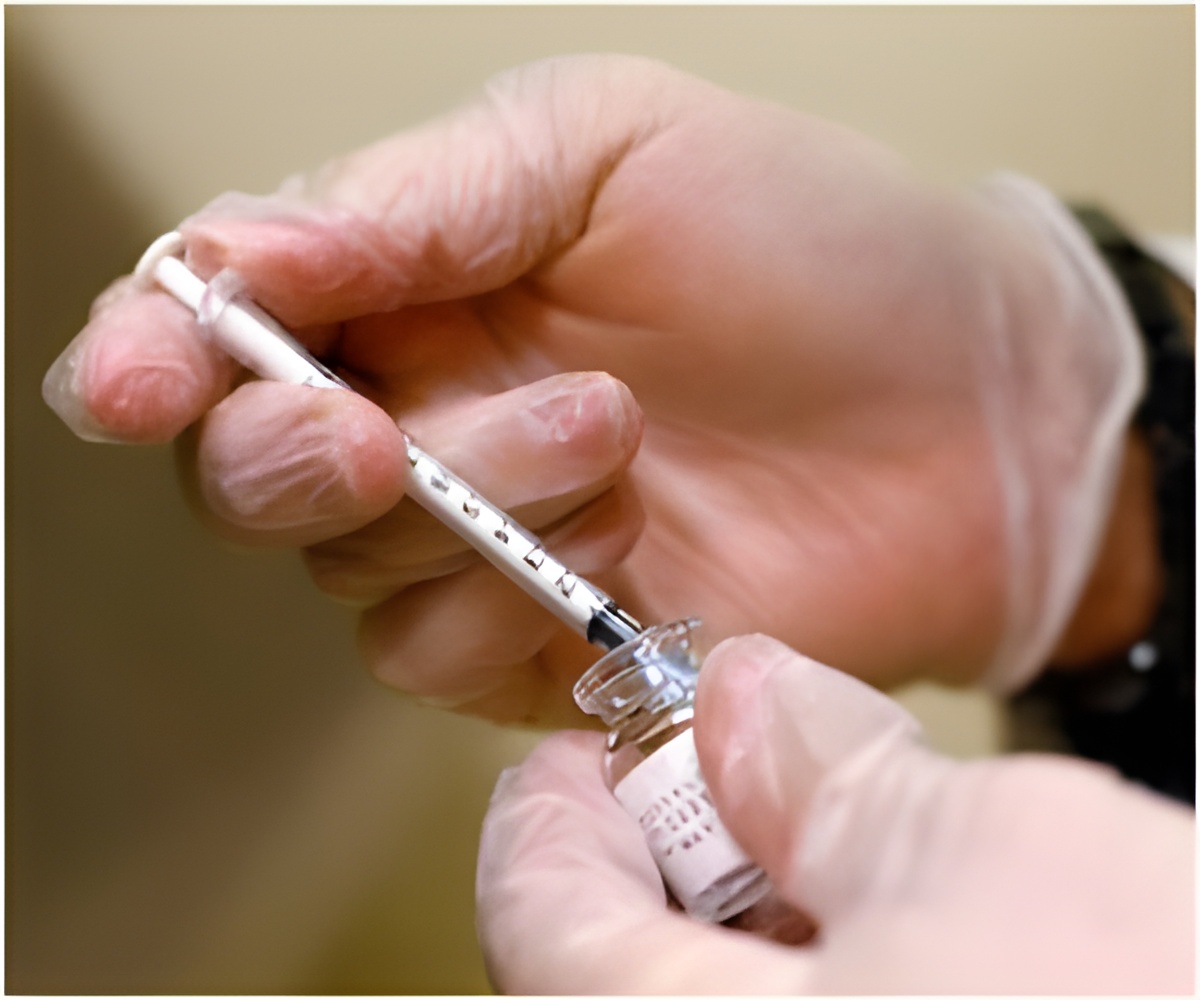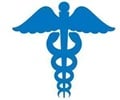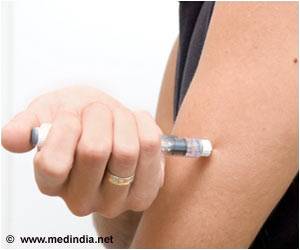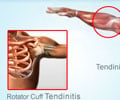New data shows that ultrasound-guided injections of growth factors-containing platelet-rich plasma (PRP) are no more effective in treating recently developed epicondylitis than injections of saline.

Epicondylitis is a painful condition that occurs when the tendons in the elbow are overworked, usually by repetitive motions of the wrist and arm. In lateral epicondylitis (also referred to as tennis elbow), the pain occurs primarily where the tendons of the forearm muscles attach to the bone on the outside of the elbow2 and medial epicondylitis (also referred to as golfer's elbow) where the tendons attach to the bone on the inside of the elbow. The pain of both conditions may also spread to the forearm and wrist.3
Although a large number of treatments – including physiotherapy, corticosteroid injections, and non-steroidal anti-inflammatory drugs – are used to treat epicondylitis, there is no consensus on which is the most effective.4 Recently, local injections of growth factors containing platelet-rich plasma (PRP) were proposed as a new therapeutic technique for boosting tendon repair,5 with ultrasound guidance of the intra-tendinous injections used to optimise the procedure.6
In this latest study, patients with recent onset epicondylitis (pain ≤3 months), confirmed by MRI and/or ultrasound, were treated with two ultrasound-guided injections at 4 week intervals. Patients receivedeither PRP (ACP®, Arthrex) or saline solution and were monitored by an independent clinical evaluator, blinded to the treatment at baseline, one, three, six and 12 months.
The primary evaluation criterion was the relative improvement from baseline to six months in pain score (PS) on the visual analogue scale (0-10). The secondary criteria was the assessment of pain (yes/no) on isometric contraction of the second radial and of the muscle of the posterior forearm (extensor digitorum communis), the Roles-Maudsley score* (1-4), the proportion of asymptomatic patients (PS ≤1) at six and 12 months follow-up and the proportion of patients with persistent pain (PS >2) at 12 months follow-up. Fifty patients were included in the study, 25 in each arm, but only 22 in both groups completed the follow up at 12 months.At a six-month follow-up, no statistically significant difference was found between the groups for mean relative improvement in pain (ACP 54.7% vs. control 63.6%; p=0.24) and no statistically significant difference was found for the secondary criteria. In the two groups, the pain score decreased significantly between two consecutive visits from 6.8±0.8 (PRP) and 7±1 (control) at baseline to 2.5±1.6 (PRP) and 2.1±1.6 (control) at 6 months and 1.65±1.5 (PRP) and 1.8±2.1 (control) at 12 months. At six months, 34% of all patients were asymptomatic; 66% were asymptomatic at one year. The proportion of patients with persistent pain at 12 months was 23.8% in both groups. No adverse effects were observed.
Source-Eurekalert













